 May 23, 2025
May 23, 2025
What You Need to Know Today:
Target cuts its earnings forecast for the rest of 2025
Target’s cut in guidance for the remainder of 2025 is another worrying sign that U.S. consumers are pulling back. Today’s earnings report from Target (TGT) was never going to look pretty. The company was certain to report some drop in revenue as a result of customer boycotts after it scaled back diversity, equity and inclusion initiatives early this year following criticism by the White House and conservative activists. But the news that really hurt the stock was that Target had cut its forecast for earnings for the full year.

Moody’s downgrades U.S. credit rating–we’re no longer AAA anywhere
Yesterday, Friday, May 16, Moody’s downgraded the United States’ credit rating from the highest Aaa rating to one notch below at AA1. This downgrade means the United States no longer maintains a triple A rating from any of the three major credit rating companies. Standard & Poor’s downgraded the United States in 2011. Fitch Ratings issued its downgrade in 2023.
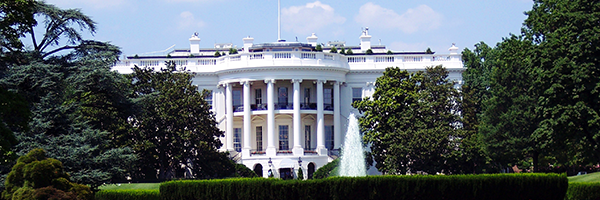
Trump will send tariff letters over next few weeks: what happened to those negotiations?
Remember all those tariff negotiations that were supposed to take place during the 90-day pause of the April 2 higher global tariffs Not going to happen in most cases.

Bill with Trump tax cuts fails in House Committee
Today, the GOP-controlled House Budget Committee voted to reject the Trump Administration’s Big Beautiful Bill, which includes President Donald Trump’s $4.5 billion tax cut. The committee voted 16–21 against advancing the bill, with five conservative Republicans joining all Democrats in opposition. These Republicans voted against the bill because it failed to cut enough from spending and would add more that $2.5 trillion to the Federal debt over the next 10-years. Republican supporters in swing districts, on the other hand, argued that deeper cuts to safety net programs such as Medicaid would send the party to defeat un the 2026 mid-term elections.

Consumer sentiment drops again as inflation fear soar
Maybe Wall Street and the Federal Reserve are still cranking the numbers to see the effects of the Trump tariffs on U.S. inflation, but consumers have apparently already made up their minds. A big increase in expectations for future inflation was key in driving today’s drop in preliminary May Consumer Sentiment Index from the University of Michigan to 50.8 from 52.2 a month earlier. That reading was the second lowest on record and lower than all but one estimate in a Bloomberg survey of economists.

Putting my VIX volatility options trade back on tomorrow, Friday
The CBOE S&P 500 Volatility Index (VIX) dropped another 4.24% today to 17.84. I think, once again, the financial markets have become way too complacent about risk. And so it’s time to buy Call Options on the Vix “fear index,” betting that at least one of the many potential volatility events on the horizon puts some fear back into the markets.

Emergency Special Report Part 2: When to buy this drop–Hint NOT YET!–adding new 6th (of 6) centipede shoes
Is it time to get in, to snap up bargains, before stock prices recover. To which I say, Not yet. Bear markets, and remember that we’re now in a Bear market, are notorious for setting bear traps for investors who get carried away at the prospect of heady profits from buying on the dip. Bear market traps dangle just enough of a juicy bounce in front of hungry investors to get them to put cash into stocks–and then spring the trap of eating that cash all up in a renewed downturn. So when should you think about getting in? Almost no one ever gets a bottom absolutely right. But you do want to be relatively correct on finding the bottom and to avoid, to the degree you can, the losses from a Bear trap. I’m really reluctant to use past drops and Bear markets as a pattern for this moment. John Auther had a good post on Bloomberg on April 8 on how the drop and then the bounce resembled the market meltdown of 2008. The massive selling and then recovery reminds him of big selling in after the Lehman debacle in October 2008 that marked what calls hevthe end of the beginning in that bear. The actual bottom, he notes, came five months later. The difference this time, I’d say, is that we still haven’t seen the end of the potential stream of bad news. We still have to hear about recession/no recession, more Trump tariffs, spike in inflation/no spike, trade war retaliation, and more. We could get bad news, even really surprising bad news, on any of these fronts that would lead to another leg down in the financial markets. In other words, real world evnts that have yet to be decided could mean we’re closer to or further away from a bottom to this Bear market.
Live Market Report (20 minute delay)

More evidence of slowing trade volumes across the Pacific
West Coast port officials reported Friday that no cargo vessels had departed from China bound for the two major ports in Southern California—Los Angeles and Long Beach—over the previous 12 hours, according to CNN. Just six days earlier, 41 ships had been scheduled to leave China for the San Pedro Bay port complex. On Friday morning, that number was zero.

Saturday Night Quarterback says, For the week ahead expect…
I expect inflation fears and hopes to move back to the top of the Wall Street agenda. The Bureau of Labor Statistics will release the Consumer Price Index inflation report for April on Tuesday, May 13 before the New York market opens. Economists surveyed by Bloomberg are projecting that core inflation–that is the rate of inflation excluding more volatile energy and food prices–rose 0.3% in April. In March, core consumer prices inched up just 0.1%.

What do you know–China is cheating on tariffs
China has offset plummeting shipments to the United States with a surge in sales to Southeast Asia. And where do you think those Chinese exports are headed–eventually? Why to the United States, of course. What this massive tariff workaround will do to expectations for a big increase in U.S. inflation is anyone’s guess. But I’d bet it takes much of the urgency for China out of reaching a quick deal with the United States in the trade talks that begin in Switzerland this weekend.

VIX drops back to 22.53–I’m looking to replay my January volatility trade
22.53. That was the close on the CBOE S&P 500 Volatility Index (VIX) today. It’s safe to say that stock market volatility is way down. Back on April 21, the “fear index” was at 34.21. On April 8, at the bottom of the turmoil that followed on the April 2 tariffs, the index hit 52.33. But even before that spike, fear had been climbing among investors to 27.86 on March 10 from the very complacent 16.43 on January 31. That was substantially below the 10-year average for the VIX at 18.66. So now the question is how low the VIX will go. And when will it be time to buy VIX Call Options again on a bet that volatility will return.

Trump says 80% tariffs on China “seems right”
President Donald Trump suggested on Friday that he was open to sharply reducing the tariffs that the United States had imposed on China, as American and Chinese negotiators prepare to meet in Switzerland this weekend for high-stakes trade talks. In a post on Truth Social, Trump said that an 80% tariff on China “seems right,” adding that it would be “up to Scott B,” an apparent reference to Treasury Secretary Scott Bessent. An 80% tariff would be a big drop from the current 145% that President Trump imposed on Chinese imports on April 2. But many trade experts say that anything north of 50% would essentially shut down trade between the two countries. In 2020, in the midst of the first Trump trade war, U.S. tariffs on Chinese goods averaged 19.3%. Before the Trump trade war they were 3%.
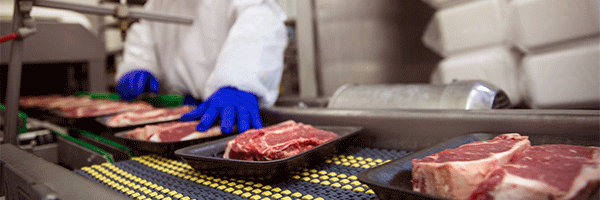
U.S.-U.K. “break through” tariff deal is more framework for deal than an actual trade agreement
Today President Donald Trump unveiled a major trade deal with the United Kingdom. “It’s a great thing that it came together,” President Trump said. “Because we have many countries want to make a deal, and many countries are very unhappy that we happened to choose this...
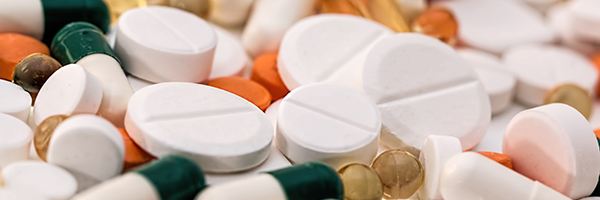
Today’s tariff news: China talks and drug tariffs
Scorecards here. Get your scorecard here. Can’t follow the tariffs without a scorecard. Today: China talks to start; drug tariffs coming

As expected, Fed holds interest rates steady, but suggests, maybe, more delay before any cuts
As everyone, including my Aunt Tillie, expected, the Federal Reserve DID nothing today: the central bank kept is benchmark interest rare unchanged at 4.25% to 4.50%. But the Fed said plenty. To me, the most important statement came from Federal Reserve chair Jerome Powell to reporters after the meeting: Powell said he could not provide a timeframe for rate cuts. “We are going to need to see how this evolves,” he said. “There are cases in which it would be appropriate for us to cut rates this year. There are cases in which it wouldn’t. And we just don’t know.”That’s new.
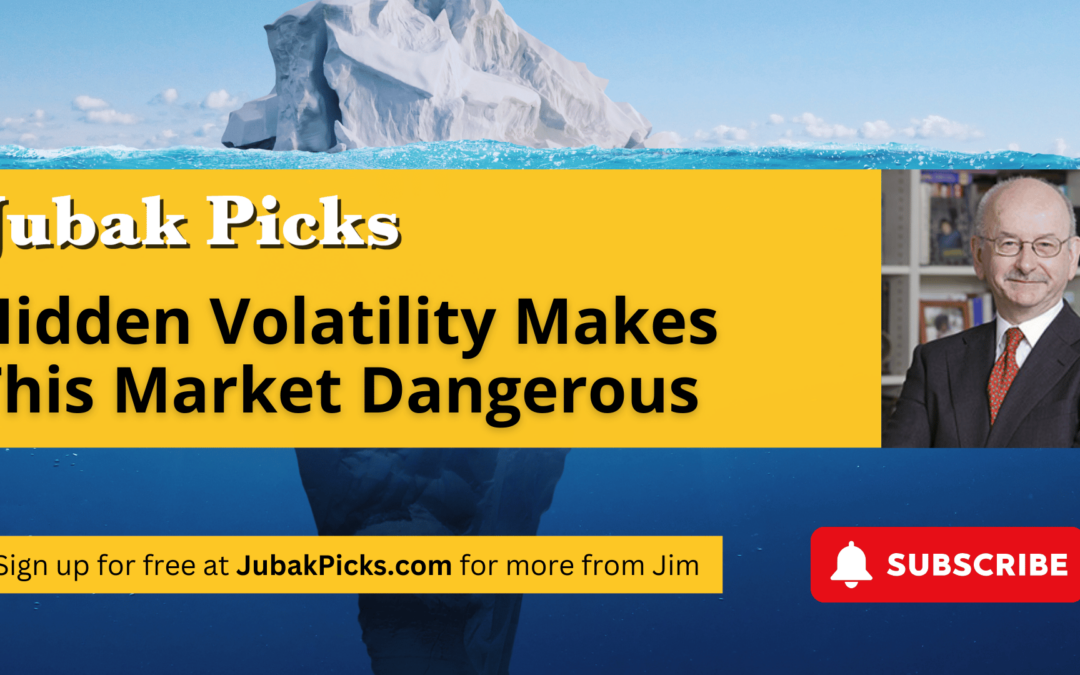
Please watch my new YouTube video: Hidden Volatility Makes This Market Dangerous
Today’s Video: Hidden Volatility Makes This Market Dangerous. While the S&P 500 has recovered from its April dip, volatility is still lurking beneath the surface. The Fed’s GDP growth forecast for Q2 swung from 1.1% in March to 2.4% in April—a massive shift that the market isn’t fully reflecting. Similarly, the CME FedWatch Tool shows huge swings in rate-cut expectations. A week ago, there was a 62% chance of a June rate cut—now it’s down to 30%. I suspect the Fed may delay cuts until September to assess more data on tariffs and jobs. The recent market rally seems speculative, partly fueled by hopes of imminent Fed cuts and tariff rollbacks. But I doubt we’ll see real trade deals soon. Most announcements will likely be vague agreements, not concrete changes and China and Europe aren’t even at the table for talks right now. The volatility may be hidden, but the Fed is aware of it and you should be too.

Traders cut their bets on 2025 interest rate cuts to 3 from 4 ahead of Wednesday Fed meeting
Traders are betting on a slower pace of interest-rate cuts from the Federal Reserve in 2025. But they are raising their bets on more aggressive cuts in 2026. Just a day ahead of the central bank’s interest rate decision, money markets have moved to price in three quarter-point reductions this year, one less cut than was priced in at the start of April. About a half point of additional cuts are expected next year, the most priced in for 2026 at any point in the current easing cycle.

India hits Pakistan with missile attacks in response to attacks in Kashmir
India says it attacked nine sites in Pakistan and Pakistan-occupied Jammu and Kashmir. The Indian armed forces have confirmed it targeted nine sites in Pakistan and Pakistan-occupied Jammu and Kashmir as part of “Operation Sindoor”.

It’s definitely a trend: 3 more bellwether companies rescind guidance
Ford Motor (F), Cummins (CMI), and Mattel (MAT) are the latest companies to pull their revenue and earnings guidance for the rest of 2025 because of uncertainty introduced by the Trump tariffs.

So U.S. and China aren’t talking about trade and tariffs
Treasury Secretary Scott Bessent said Tuesday that the United States is not negotiating with China on trade, contradicting claims by President Donald Trump.

Special Report: 10 Picks from the Rest of the World–today adding a sixth pick
Now you need to own more besides U.S. stocks. But what? With my answer, here’s my Special Report: 10 Picks from the Rest of the World
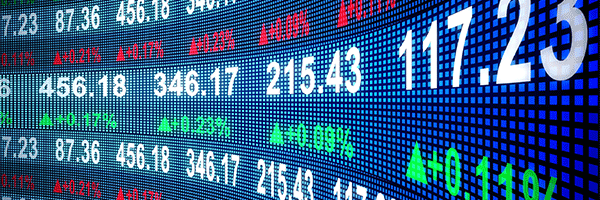
Analysts a bit more pessimistic than usual about future earnings–will the pessimism grow?
Have analysts lowered earnings estimates more than usual for companies in the Standard & Poor’s 500 for the second quarter?
FactSet says the answer is yes. During the month of April, analysts lowered EPS estimates for the second quarter by a larger margin than average. The bottom-up EPS estimate for the second quarter decreased by 2.4% (to $63.96 from $65.55) from March 31 to April 30

Domestic final sales data are clearer than GDP, but they too show a big economic slowdown
If you’re looking for a way to add clarity to the somewhat middled first quarter GDP report of last week, I’d suggest a look at a number called “domestic final sales.” Like the GDP report, domestic final sales shows a slowing economy. But without the possibly distorting effects of a big pickup in imports the growth rate remains solidly positive. But projections for domestic final sales growth for the rest of 2025 are downright dismal.

Saturday Night Quarterbacks says, For the week ahead expect…
I don’t expect the Wedneday, May 7, meeting of the Federal Reserve to produce no action on cutting interest rates, but intense scrutiny of the Fed’s words as investors search for clues on when the central bank will go into full rate-cuttinging mode.

McDonald’s, Chipotle, Starbucks all report drop in customer traffic
As economic indicators go, recent results from McDonald’s, Chipotle Mexican Grill, and Starbucks are worth paying attention to–and the message the three consumer giants are sending isn’t a positive one for the U.S. economy.

Four 25 basis point interest rates by end of 2025? Really?
In the swaps market, traders increased their wagers on four quarter-point reductions by the end of the year, with the first fully priced in for July.

Want to know why the market was up on bad GDP report?
Seems like we’re back again to a world where all the bad news is good news.



